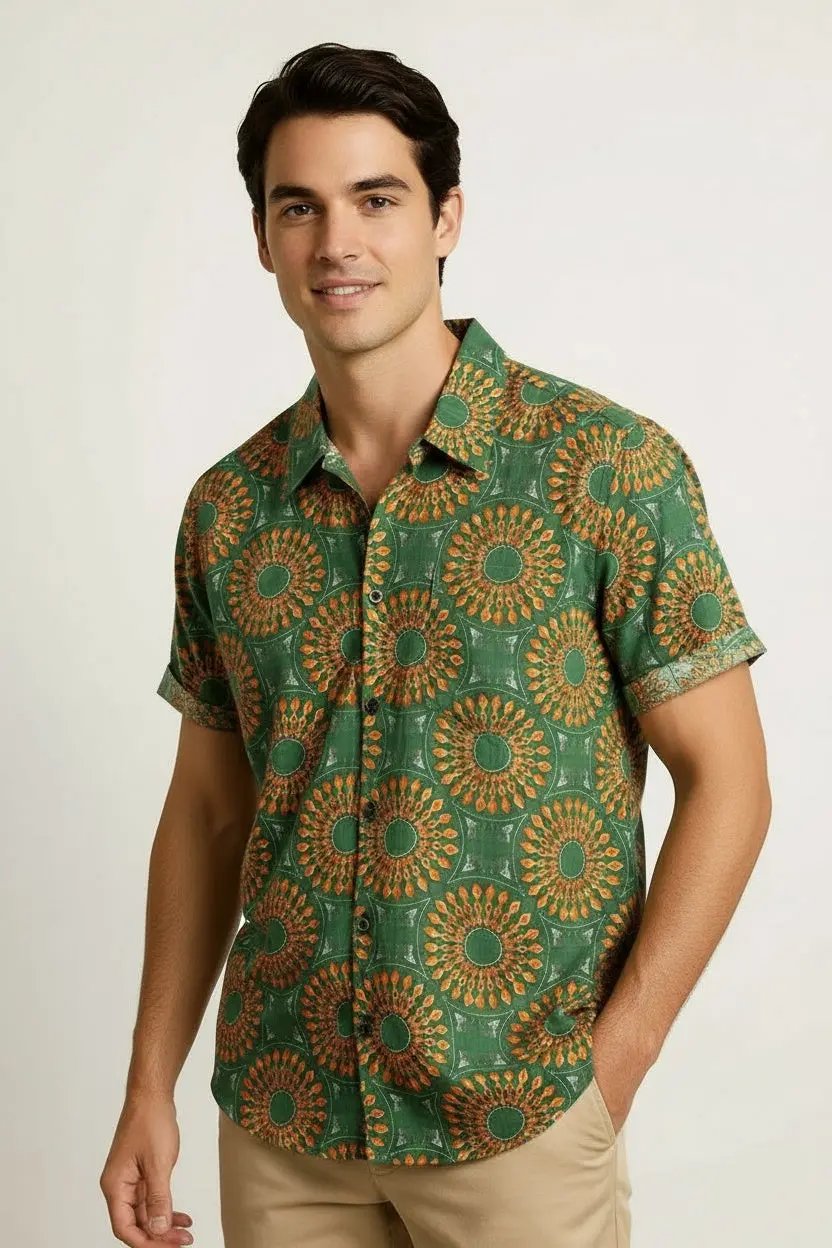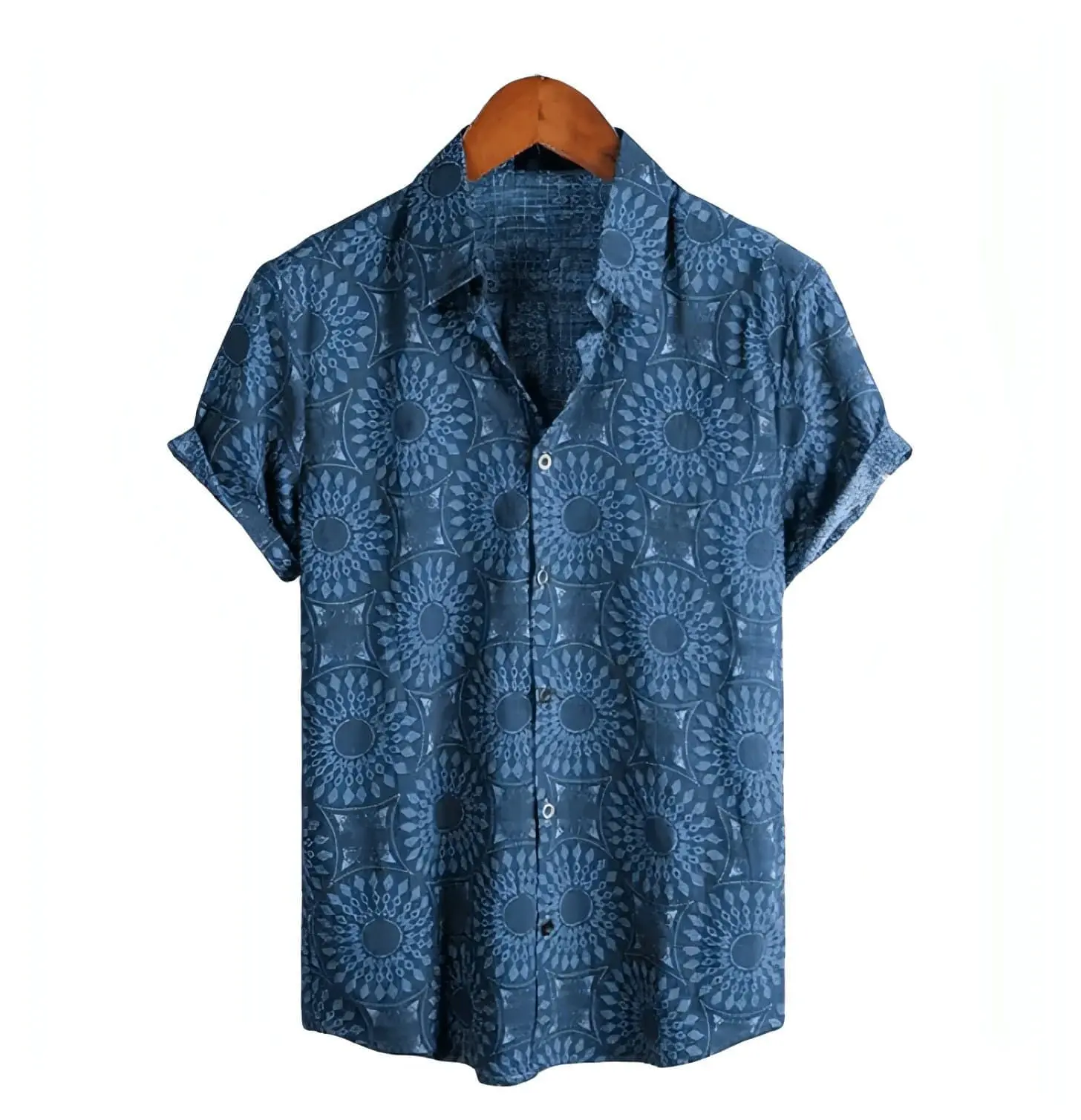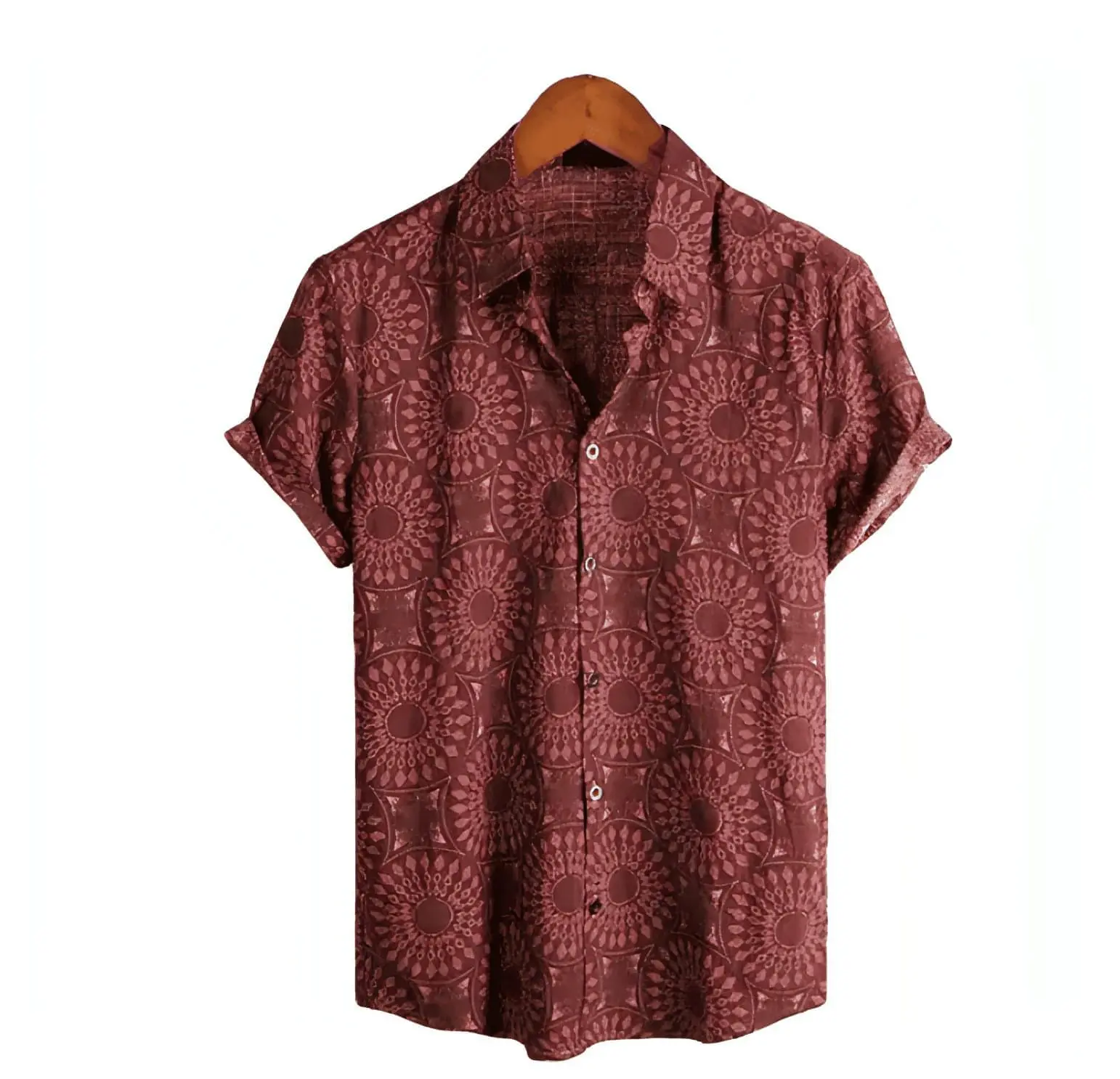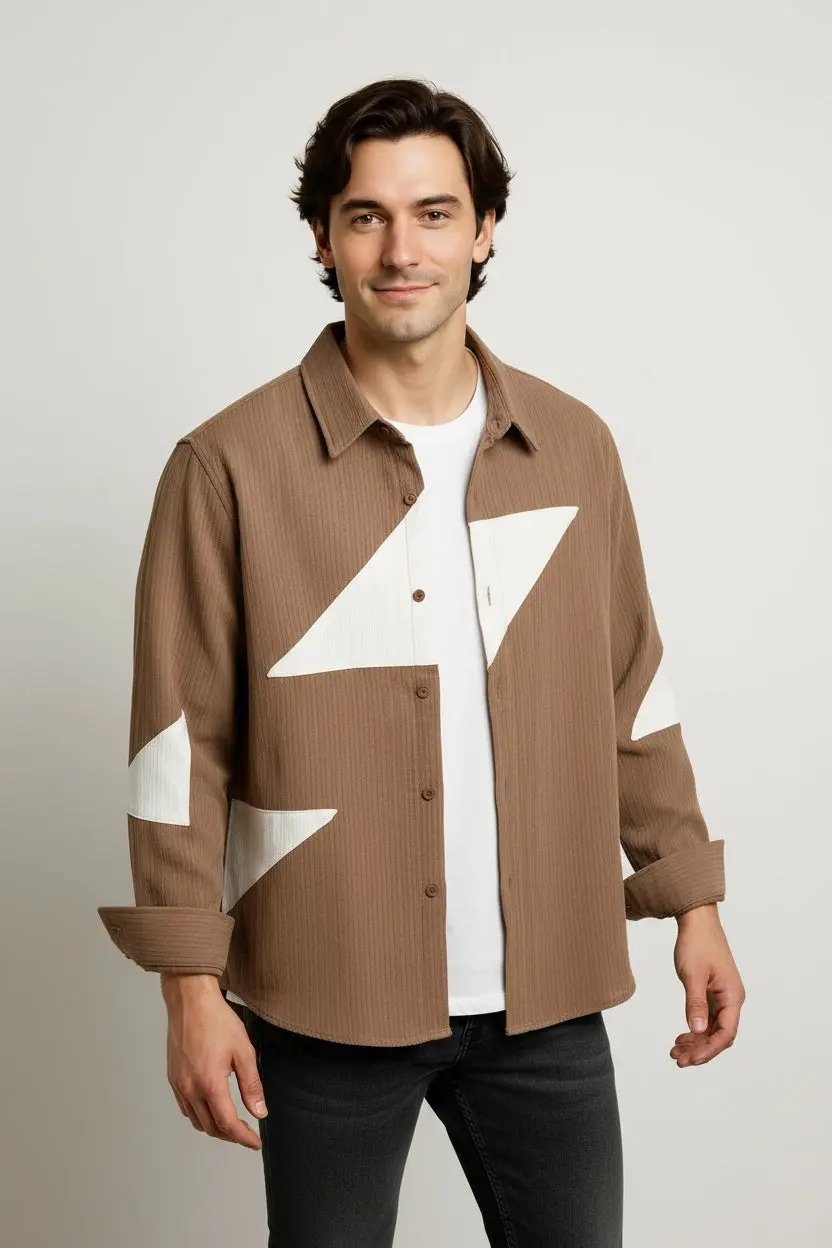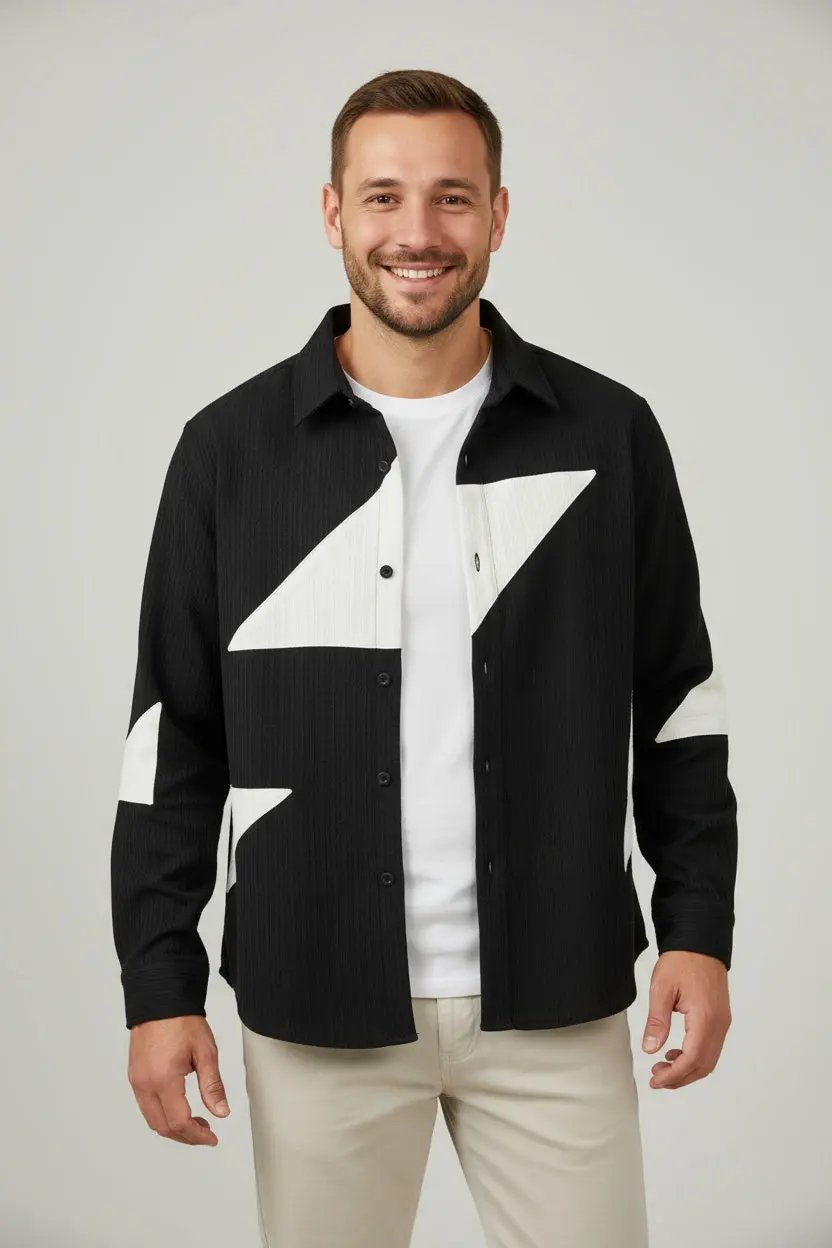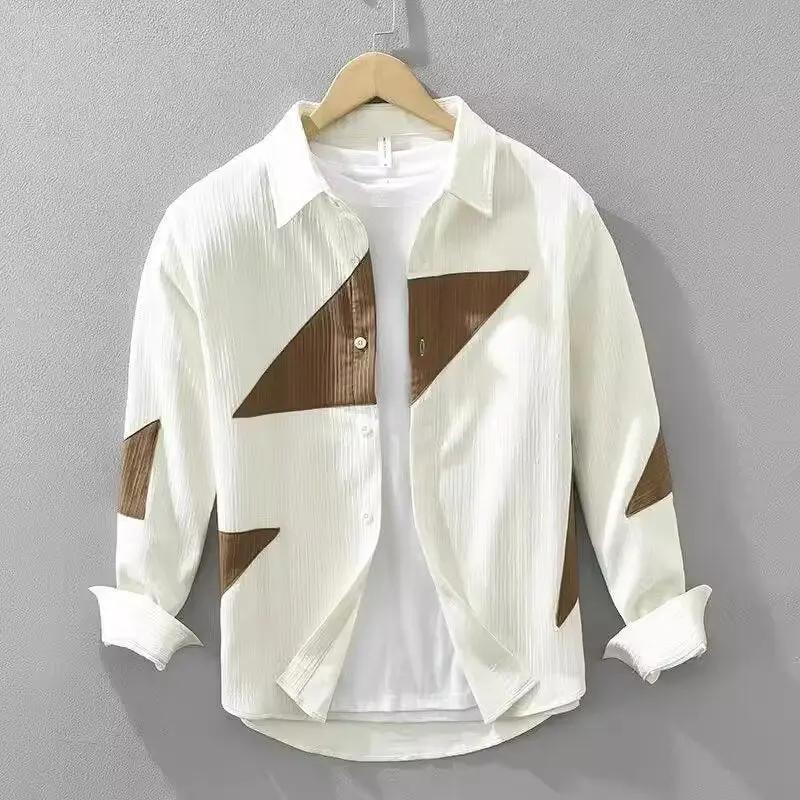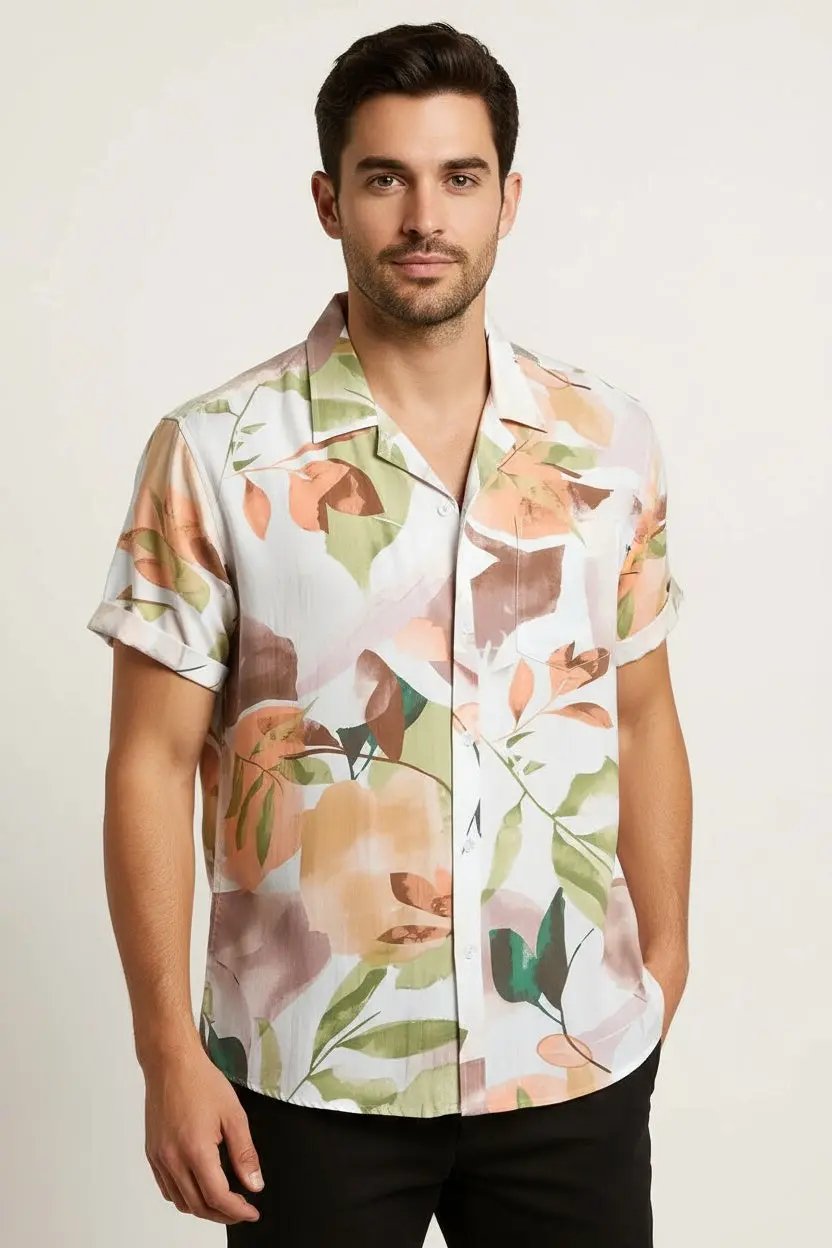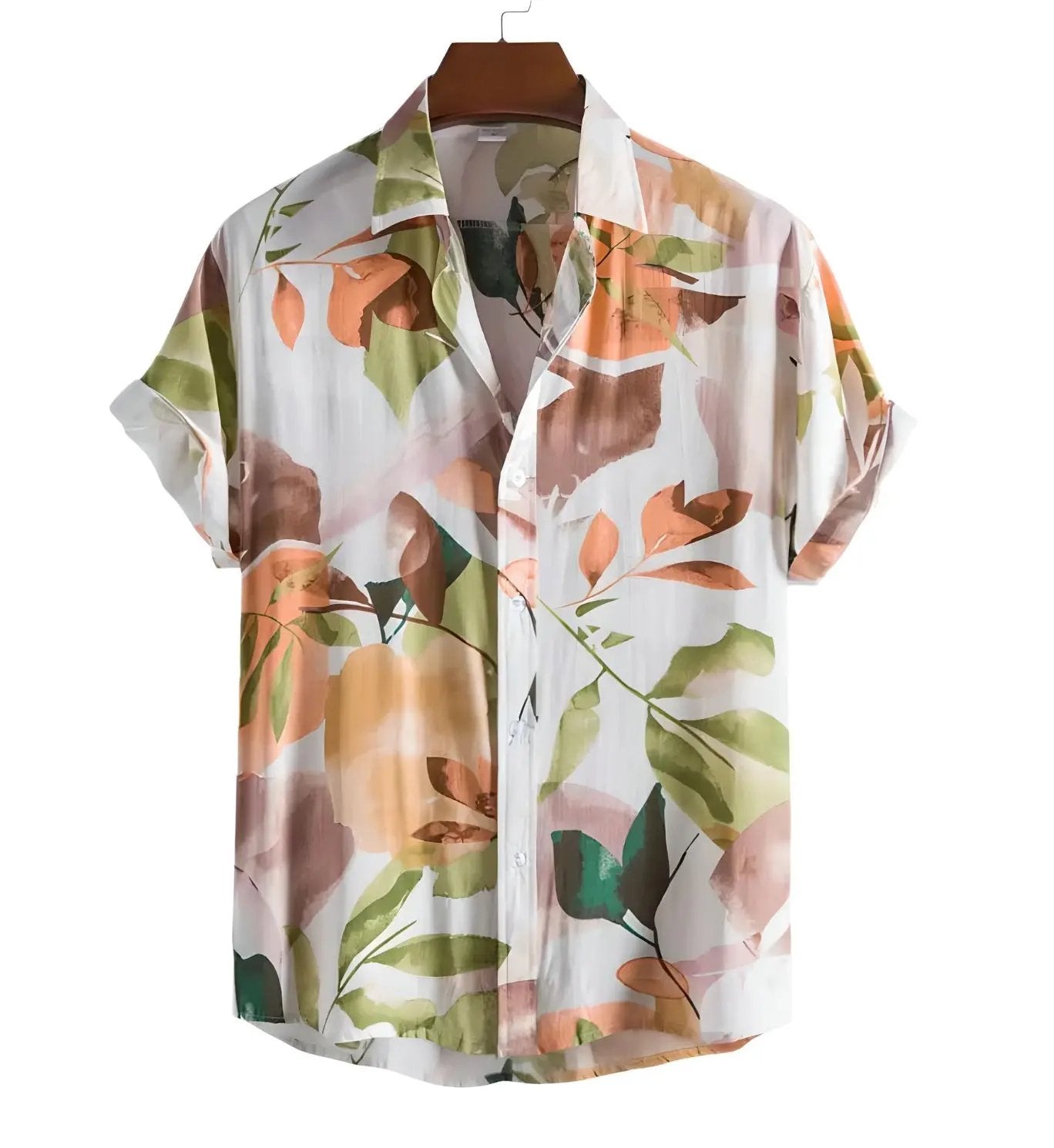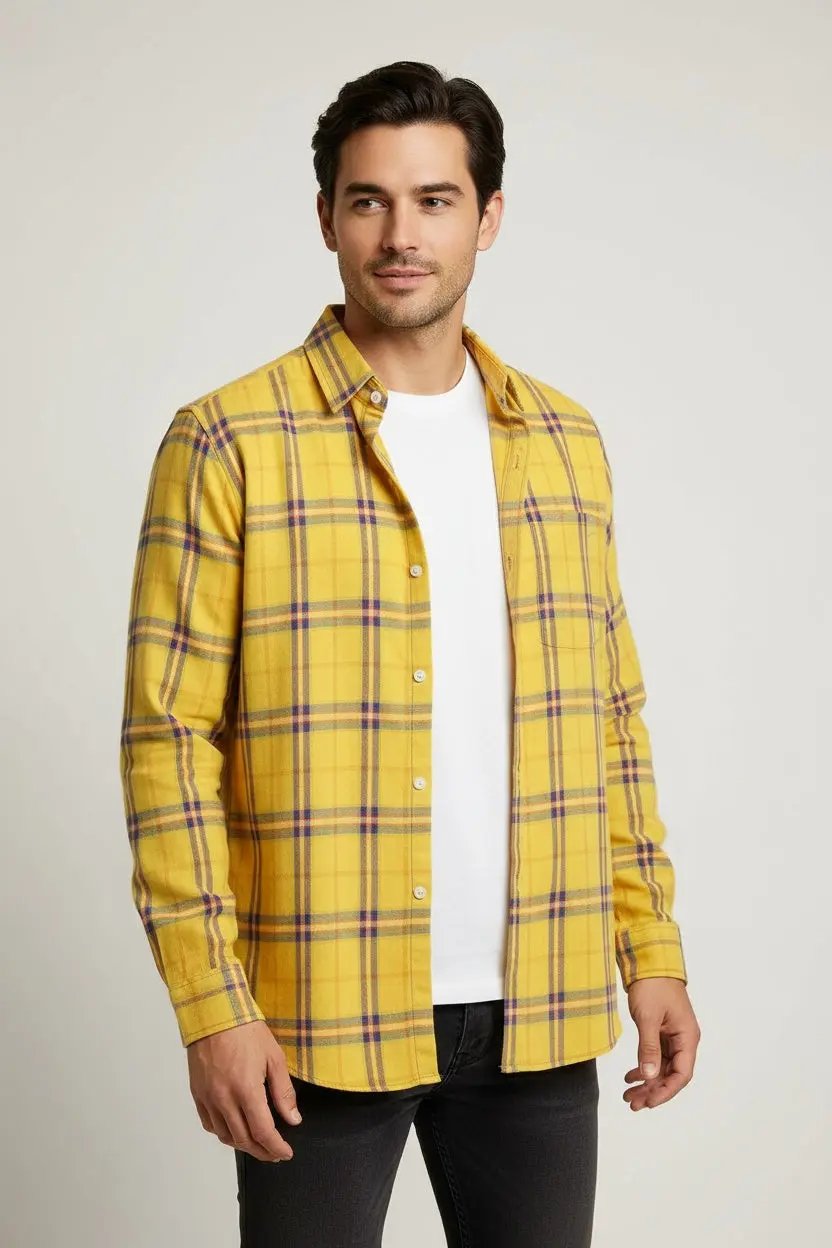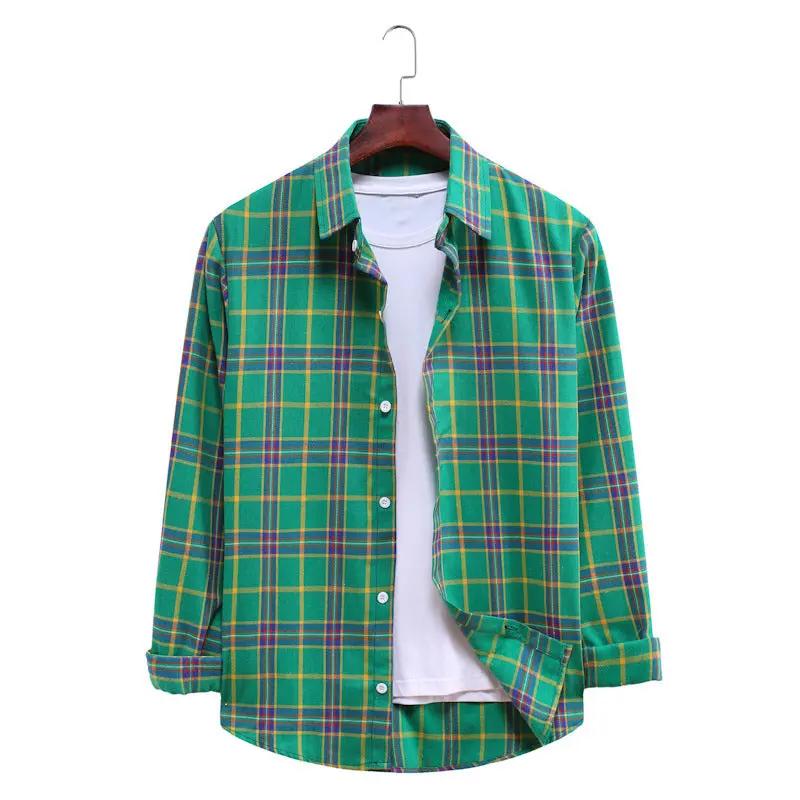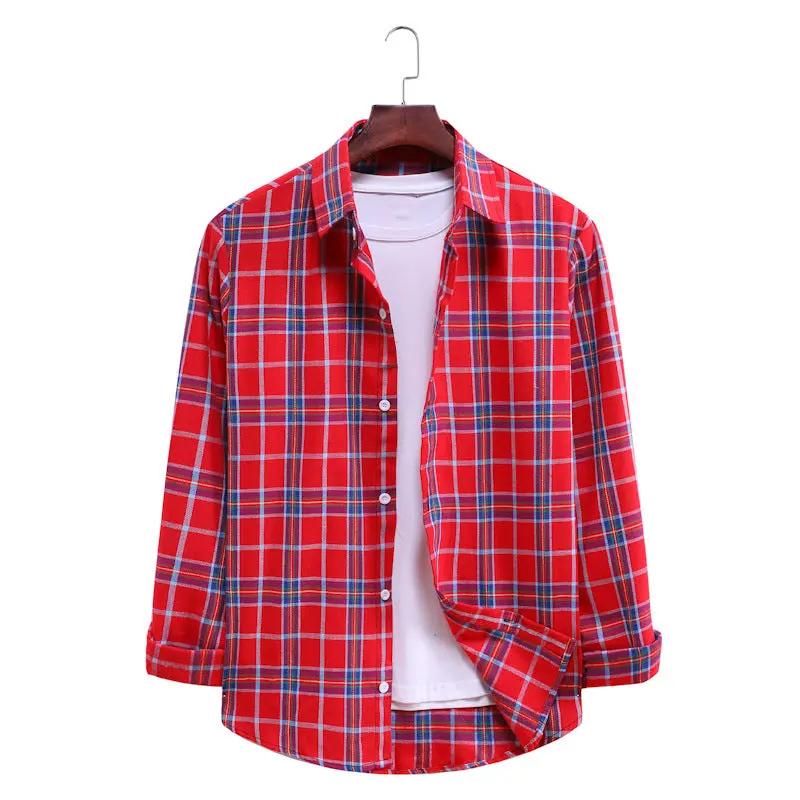Frequently Asked Questions
1. What is the origin of Hawaiian shirts?
2. Who created the first mass-produced Hawaiian shirt?
3. How did World War II influence the popularity of Hawaiian shirts?
4. What should I consider when choosing a Hawaiian shirt?
5. What are some tips for caring for a Hawaiian shirt?
Hawaiian shirts, often referred to as “Aloha shirts,” have transcended their origins to become a global symbol of relaxed island life. The history of these beach shirts is a testament to cultural fusion, fashion evolution, and the spirit of Hawaii itself. In this blog post, we will take a deeper dive into the origin, cultural significance, and modern day adaptations of this beloved garment.
The Origins of Hawaiian Shirts
The Aloha shirt's journey began in the 1930s when it was first made with vibrant, colorful prints that represented the spirit of the islands. The initial designs were influenced largely by traditional Hawaiian garments and fabrics brought in by various cultures, including the Japanese, Chinese, Filipino, and Portuguese. Each cultural influence added unique elements to the textiles, resulting in the vibrant patterns we see today.
The First Aloha Shirts
It is widely believed that the first mass-produced Hawaiian shirt was created by a local entrepreneur named Ellery Chun. He marketed and sold brightly colored shirts made from kimono fabric in Honolulu. These early styles were primarily worn by tourists and locals alike, who appreciated their breezy and casual nature. The unique patterns often depicted flowers, palm trees, and oceanic themes, making them a favorite for beach outings.
The Role of World War II
World War II played a significant role in popularizing the Hawaiian shirt across the globe. Soldiers stationed in Hawaii sent these shirts back home as souvenirs. Wearing these beach shirts became a form of nostalgia for their time spent in paradise, introducing the Aloha vibe to the continental United States and beyond. The post-war era saw a boom in Hawaiian shirt production, with many mainland brands beginning to incorporate these styles into their collections.
The Cultural Significance
Hawaiian shirts are more than just clothing; they symbolize the spirit of aloha, a term that represents a warm welcome, love, and peace in Hawaiian culture. Wearing an Aloha shirt is associated with relaxation, festive gatherings, and the laid-back lifestyle that Hawaii embodies. This cultural significance makes the beach shirt more than just a fashionable choice; it is a representation of a lifestyle and an attitude that many aspire to adopt even when far from the shores of Hawaii.
Cultural Appropriation vs. Appreciation
It is essential to recognize that the Hawaiian shirt has faced discussions around cultural appropriation. As it spread across different cultures, it raised questions regarding the commercialization of Indigenous symbols. To appreciate this beautiful piece of clothing, one must also respect its heritage and honor the history that it carries. Authentic Hawaiian shirts continue to celebrate local artistry through handmade patterns and designs that respect the cultural origins of the fabric.
The Evolution of Hawaiian Shirts
From its humble beginnings to its place in high fashion, the Aloha shirt continues to evolve. Once categorized as casual beachwear, it now resonates with various fashion movements. Designers have incorporated elements of Hawaiian motifs into high-end collections, bridging the gap between casual and chic.
Modern-Day Adaptations
Fashion influencers and celebrities have embraced the Aloha shirt, wearing them at events, parties, and casual outings, showcasing the versatility of this beach shirt. Today, you can wear it at a summer barbecue, a beach wedding, or even a night out, making it a staple in many wardrobes.
Prints and Patterns
Today’s Aloha shirts come in a myriad of designs and colors. From bold floral patterns to geometric prints, the creativity of contemporary designers has taken the beach shirt to new heights. These shirts often reflect seasons, movements, and even social messages. The choices are limitless, ensuring that there is an Aloha shirt to match anyone's style.
Environmental and Ethical Considerations
As fashion evolves, so does the awareness of its impact on the environment. Many brands now focus on sustainable and ethical production methods when creating Hawaiian shirts. From sourcing eco-friendly fabrics to implementing ethical labor practices, it is crucial to support companies that reflect responsible values along with the love for Aloha.
Choosing the Right Hawaiian Shirt
When selecting a beach shirt, consider the following:
- Material: Opt for breathable, natural fabrics like cotton or linen for a more comfortable wear.
- Fit: Ensure the shirt fits well without being too tight or loose. Many modern styles come in tailored cuts.
- Print: Choose a print that resonates with your personality. Feel free to express yourself with bright colors or go for a more subdued aesthetic.
- Authenticity: Look for brands and shops that honor Hawaiian traditions and craftsmanship.
Hawaiian Shirts in Popular Culture
Throughout the years, Hawaiian shirts have appeared in various media, solidifying their status as a cultural icon. They have made notable appearances in television series, movies, and even advertisements, often symbolizing a carefree, vacationing lifestyle.
Television and Film
From classic shows like “Hawaii Five-O” to modern-day series, the Aloha shirt has served as a visual cue for setting the tropical scene. In films, characters wearing beach shirts often elicit thoughts of fun, relaxation, and adventure, making the shirt recognizable even to those who may not be familiar with its history.
Caring for Your Hawaiian Shirt
To keep your beach shirt looking its best, proper care is essential. Here are some tips to prolong the lifespan of your Hawaiian shirt:
- Washing: Always follow the care label instructions. It’s generally safe to wash Hawaiian shirts in cold water to preserve colors.
- Drying: Air drying is recommended, as high heat can lead to shrinking and fading.
- Ironing: If needed, iron on low heat to prevent damage to prints and fabrics.
The Future of Hawaiian Shirts
The uniqueness of Hawaiian shirts is their ability to adapt and stay relevant in the fast-paced world of fashion. As sustainability becomes increasingly important, we are likely to witness a resurgence of natural fabrics and traditional prints that honor the original craftsmanship of Hawaiian culture.
Continued Cultural Relevance
With ongoing discussions about cultural appreciation and respectful representation, the future of Hawaiian shirts will rely on transparency, authenticity, and ethical practices. By promoting awareness and supporting local artisans, we can help maintain the cultural significance while embracing the beauty of these iconic beach shirts.
Embracing the Aloha Spirit
In conclusion, the Hawaiian shirt is more than just a piece of fabric— it encapsulates a rich history, cultural fusion, and an everlasting spirit of aloha. Whether you're lounging at the beach or attending a family gathering, donning an Aloha shirt allows you to wear not just a garment, but a piece of Hawaiian culture. Go ahead and embrace the colorful world of Hawaiian shirts; there’s a lively story stitched into every seam, waiting to be shared with the world.




